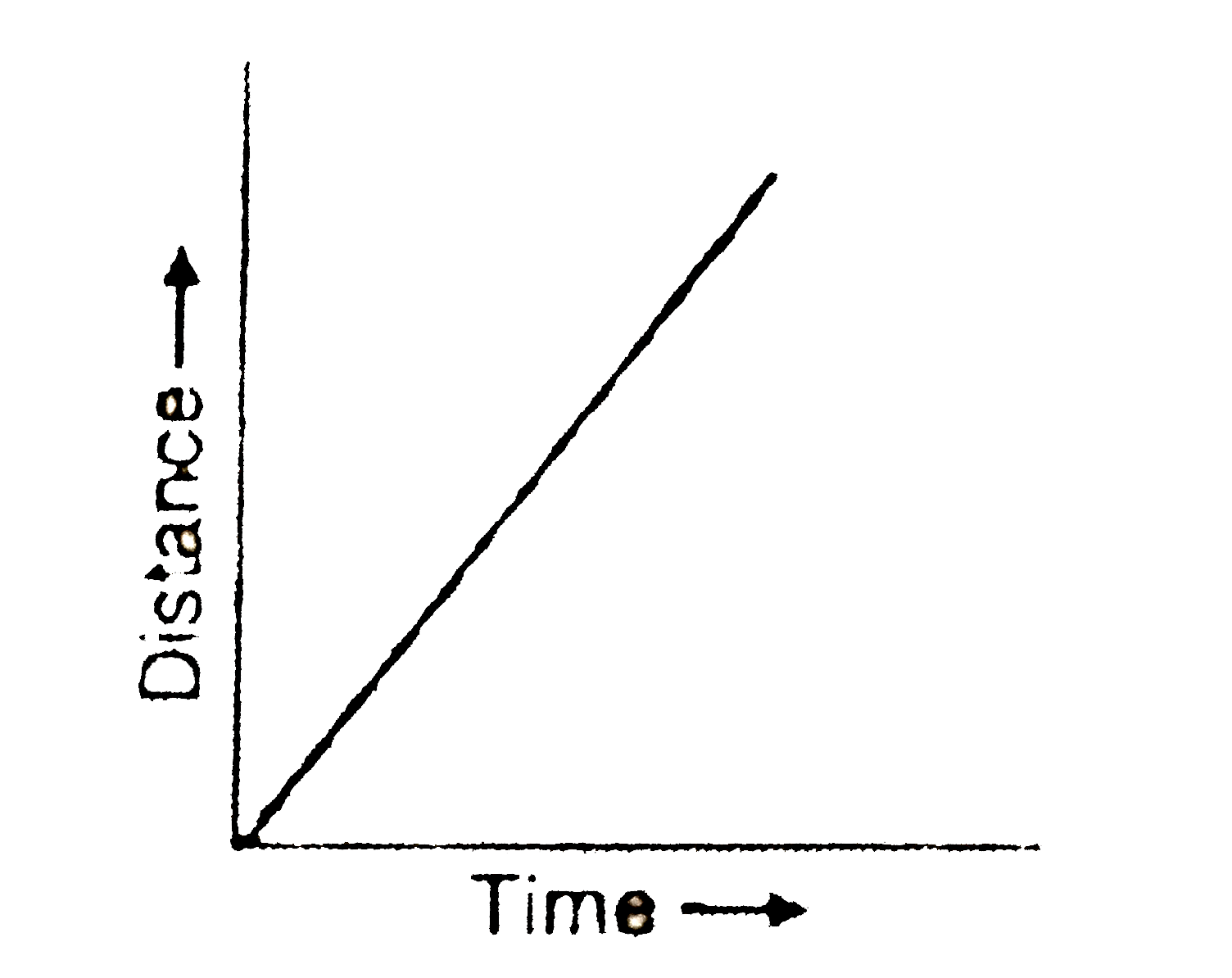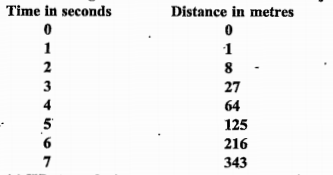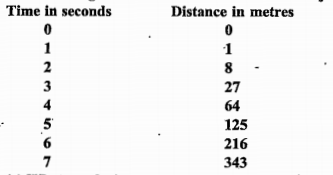If the distance covered by a moving object varies directly on time, what conclusions could you draw about the motion and the forces.Solution in Punjabi
Step by step video & image solution for If the distance covered by a moving object varies directly on time, what conclusions could you draw about the motion and the forces. by Physics experts to help you in doubts & scoring excellent marks in Class 11 exams.
Topper's Solved these Questions
- BOOK - MBDCHAPTER - MOTION IN A STRAIGHT LINEEXERCISE - EXERCISE14videos
MOTION IN A STRAIGHT LINE
- BOOK - MBDCHAPTER - MOTION IN A PLANEEXERCISE - EXERCISE17videos
MOTION IN A PLANE
- BOOK - MBDCHAPTER - MOTION OF SYSTEM OF PARTICLES AND RIGID BODYEXERCISE - EXERCISE15videos
MOTION OF SYSTEM OF PARTICLES AND RIGID BODY
Similar Questions
In which of the following examples of motion, can the body be considered approximately a point object:
03:19View SolutionIs it necessary to mention the direction of a vector having zero magnitude?
01:27View SolutionDefine centre of mass.
02:27View SolutionAn object moves under the action of a force such that distance (s) moved by it varies directly as the cube of time taken (t) . What is the nature of acceleration of the object? Is it moving under a constant force?
06:31View SolutionWhat conclusion can you draw about the speed of a body from the following distance-time graph ?
 03:07View Solution
03:07View SolutionThe following is the distance time table of an object in motion

(a) What conclusion can you draw about the acceleration ? Is it constant increasing , decreasing or zero ?
(b) What do you infer about the forces acting on the object ?03:30View Solutionएक वस्तु की गति की अवस्था में दूरी समय सारणी निम्नवत है

a. त्वरण के बारे में आप क्या निष्कर्ष निकाल सकते हैं? क्या यह नियत है? बढ़ रहा है? घट रहा है? या शून्य है?
b. आप वस्तु पर लगने वाले बल के बारे में क्या निष्कर्ष निकाल सकते हैं?03:02View SolutionThe second-time array in the state of motion of an object is as follows: What can you conclude about the force exerted on the object?
05:16View SolutionDistance covered by free falling object in given time is directly proportional to time.
01:39View SolutionThe following is the distance-time table of an object in motion: What conclusion can you draw about acceleration? Is it constant, increasing deacreasing or zero?
 02:04View Solution
02:04View SolutionThe following is the distance-time table of an object in motion: What do you infer about forces acting on object?
01:40View SolutionIf the distance (s), covered by an object is directly proportion to the square of time (t). then the object .......
01:39View SolutionThe following is the distance-time table of an object in motion:

What conclusion can you draw about the acceleration? Is ti constant, increasing, decreasing, or zero?02:39View SolutionThe following is the distance-time table of an object in motion:

What do you infer about the forces acting on the object?01:40View SolutionIf the distance (s), covered by an object is directly proportion to the square of time (t). then the object .......
02:11View Solution

